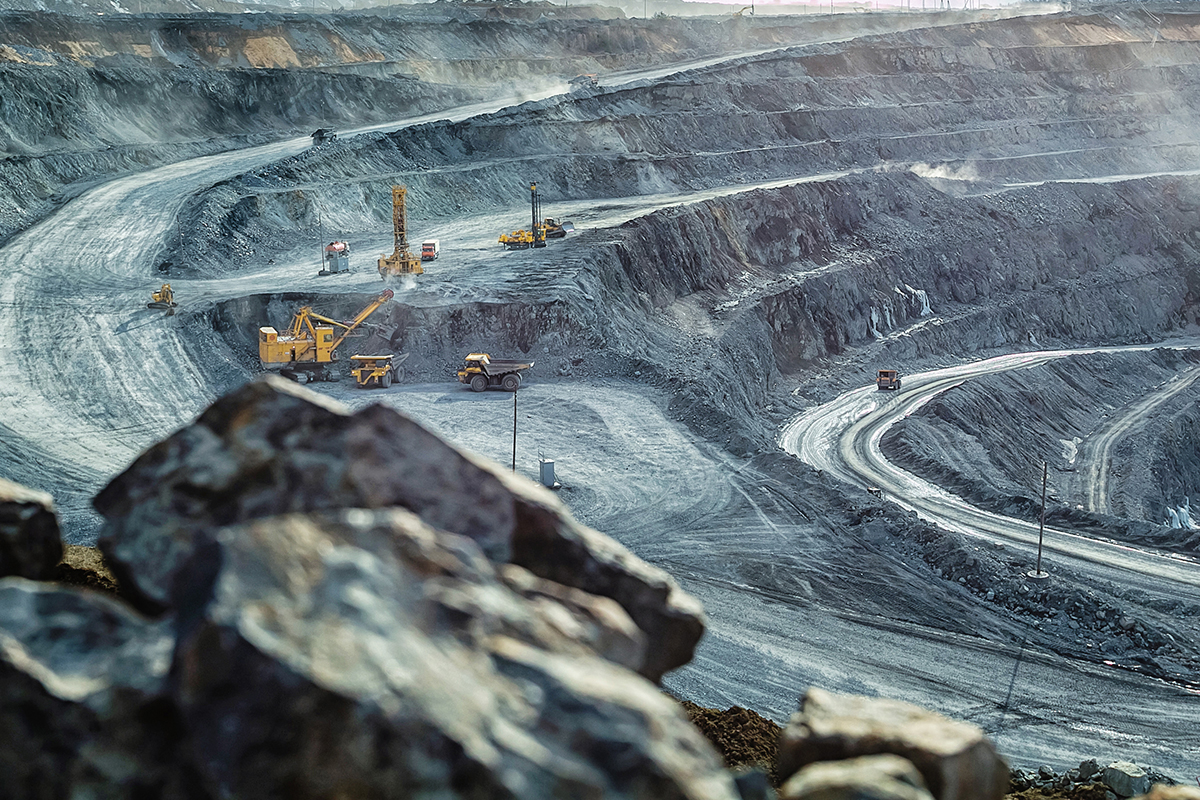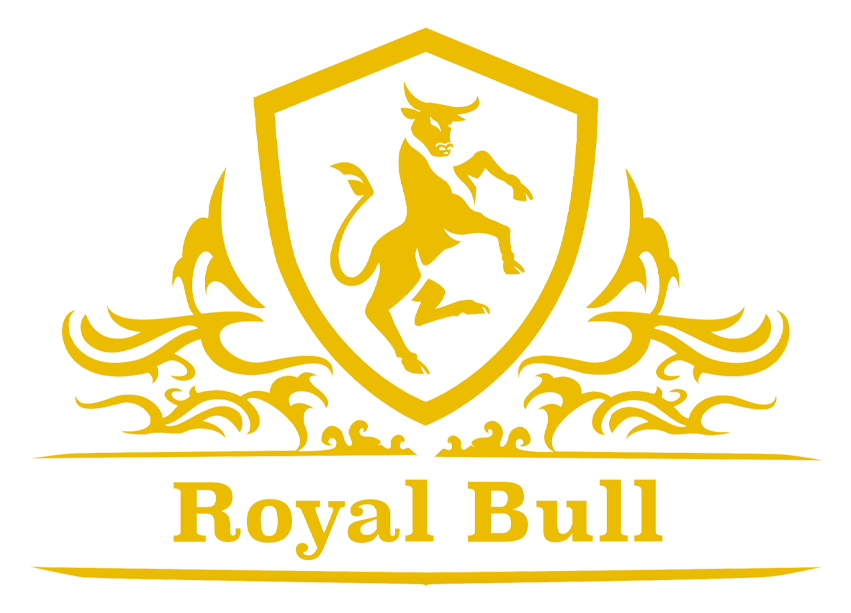How is Silver Mined?

Around the world, 24,000 metric tonnes of silver are mined every year, often from the same deposits that other metals – like copper and zinc – can also be mined.
Silver mining right here in Canada can be quite lucrative not only for the businesses doing the mining but those who invest in silver. Throughout the country, more than 1,000 metric tons of silver are mined. This is a significant amount of silver, and when you factor in the 4,280+ metric tons that Canada has in reserves, the country is often a key global player in silver industry.
So, how is silver mined right here in Canada? Let’s find out.
How is Silver Found Deep in the Ground?
The first step of course is finding where the silver is located. As you can imagine, it’s easier said than done – prospecting is the most crucial step in mining for silver. Teams of professionals seek out large deposits by analyzing the terrain and sampling the geology. Often, silver is found intermingled with other metals, like zinc, lead and copper, so seeking out these not-so-precious metals is often accomplished.
If an area looks promising, test drilling takes place and a decision is made to open the mine or not.
Which Types of Mines are Used to Mine for Silver?
Most of Canada’s silver is mined in underground and open-pit mines.
Open-pit mines – heavy machinery like excavators and dump trucks remove rock. For difficult terrain, explosives are used to break up the rock and simplify the process. Silver and other metals are then removed for further processing.
Underground mines – shafts are established to reach silver in the rock, which is blasted using explosives and fragmented with drills then removed to the mine’s surface.
Ore often only contains very little silver with much more copper and lead. So, most silver operations also extract other metals. The ore itself is crushed to a powder, with the silver being extracted via smelting or chemical leaching (a.k.a. a froth flotation process).
Where is Silver Mined in Canada?
The leading provinces of silver production in Canada are British Columbia, New Brunswick, Ontario and Québec. The largest silver mining region is the famed Cobalt-Gowganda mining region in Ontario, which has produced more than 600 million troy ounces of silver since the precious metal was discovered there in 1903.
The largest silver mine in the world is in Penasquito, Mexico. The amount of silver in this mine is estimated to be over 900 million ounces!
How is Silver Processed?
Once rock and ore material is removed from a mine, the silver is often chemically extracted from other metals. For silver that comes from copper-based material, a smelting operation is used. For silver that originates from lead material, it too is smelted and impurities are removed. For silver that comes from material that is primarily concentrated with zinc, it is leached with sulfuric acid to dissolve the zinc, leaving residue of gold, silver and other metals. After further processing and impurity removal, the silver is ready to be shipped to market.
Further processing can take the soft silver metal and harden it depending on the application. For example, sterling silver is created by adding 7.5% copper. This increases the material’s hardness, allowing it to be used in applications like forks, jewelry, dishes and even picture frames.
Of course all good things come to an end. When it is determined that all silver and other valuable metals have been removed from the mine, the operation is closed and the land is rehabilitated.
Silver mining can be quite lucrative for the business that has patience, prospecting knowledge and a penchant for the white lustre of this precious metal.



